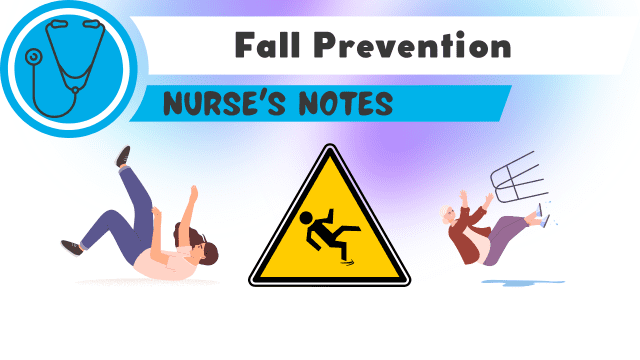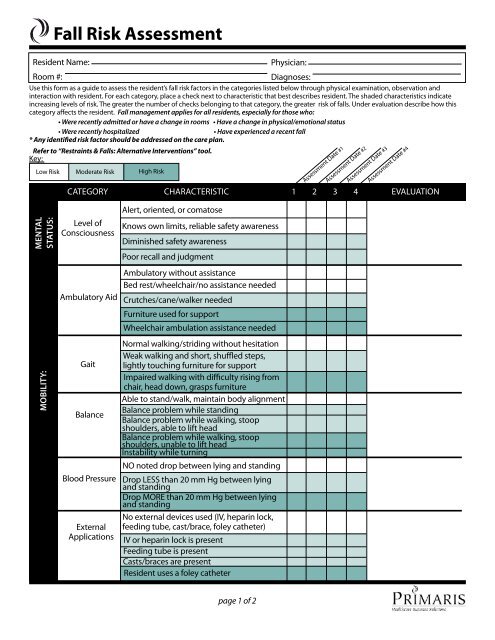8 Simple Techniques For Dementia Fall Risk
8 Simple Techniques For Dementia Fall Risk
Blog Article
Dementia Fall Risk Things To Know Before You Buy
Table of Contents6 Simple Techniques For Dementia Fall Risk10 Simple Techniques For Dementia Fall RiskSome Ideas on Dementia Fall Risk You Should KnowNot known Facts About Dementia Fall Risk
A loss danger assessment checks to see exactly how likely it is that you will certainly drop. The evaluation usually consists of: This includes a collection of concerns about your total health and wellness and if you've had previous falls or troubles with balance, standing, and/or walking.STEADI consists of testing, assessing, and intervention. Treatments are recommendations that might reduce your risk of dropping. STEADI includes three steps: you for your danger of dropping for your risk factors that can be enhanced to try to avoid drops (for instance, equilibrium problems, damaged vision) to reduce your danger of falling by making use of efficient approaches (for instance, providing education and learning and resources), you may be asked a number of inquiries including: Have you dropped in the previous year? Do you feel unsteady when standing or strolling? Are you fretted about dropping?, your supplier will certainly evaluate your toughness, balance, and gait, making use of the following autumn analysis tools: This test checks your stride.
You'll rest down once more. Your service provider will inspect exactly how lengthy it takes you to do this. If it takes you 12 secs or more, it may imply you are at higher risk for a fall. This test checks strength and balance. You'll being in a chair with your arms went across over your chest.
Relocate one foot halfway ahead, so the instep is touching the large toe of your other foot. Move one foot fully in front of the various other, so the toes are touching the heel of your various other foot.
The Only Guide to Dementia Fall Risk
Most drops take place as an outcome of multiple contributing factors; for that reason, managing the danger of falling begins with identifying the variables that contribute to fall danger - Dementia Fall Risk. Some of one of the most pertinent danger elements include: History of prior fallsChronic clinical conditionsAcute illnessImpaired stride and equilibrium, reduced extremity weaknessCognitive impairmentChanges in visionCertain risky medications and polypharmacyEnvironmental variables can likewise boost the danger for drops, consisting of: Poor lightingUneven or harmed flooringWet or unsafe floorsMissing or damaged hand rails and get barsDamaged or poorly fitted equipment, such as beds, wheelchairs, or walkersImproper use of assistive devicesInadequate supervision of the people living in the NF, consisting of those who exhibit aggressive behaviorsA effective fall danger monitoring program calls for a complete professional assessment, with input from all members of the interdisciplinary team

The care strategy need to also include interventions that are system-based, such as those that promote a safe environment (suitable lighting, handrails, grab bars, etc). The effectiveness of the interventions should be assessed periodically, and the care strategy changed as essential to mirror adjustments in the autumn danger assessment. Applying a read this article loss danger administration system utilizing evidence-based finest practice can reduce the frequency of drops in the NF, while limiting the potential for fall-related injuries.
The Greatest Guide To Dementia Fall Risk
The AGS/BGS guideline recommends screening all adults matured 65 years and older for fall danger annually. This testing includes asking patients whether they have actually fallen 2 or even more times in the previous year or sought clinical attention for a loss, or, if they have actually not fallen, whether they feel unstable when walking.
People that have fallen when without injury ought to have their equilibrium and stride examined; those with stride or equilibrium abnormalities should get added evaluation. A background of 1 loss without injury and without stride or balance issues does not warrant additional analysis beyond continued yearly fall danger testing. Dementia Fall Risk. A loss risk evaluation is called for as part of the Welcome to Medicare evaluation

Indicators on Dementia Fall Risk You Should Know
Documenting a falls history is one of the quality indicators for fall prevention and management. A crucial part of threat analysis is a medicine evaluation. A number of classes of medicines boost autumn threat (Table 2). copyright medications in particular are independent forecasters of falls. These drugs have a tendency to be sedating, modify the sensorium, and hinder balance and gait.
Postural hypotension can usually be relieved by lowering the dosage of blood pressurelowering drugs and/or quiting medications that have orthostatic hypotension as a side effect. Use above-the-knee support hose and resting with the head of the bed raised may additionally decrease postural decreases in high blood hop over to here pressure. The suggested components of a fall-focused physical assessment are received Box 1.

A Yank time better than or equal to 12 seconds suggests high autumn danger. Being incapable to stand up from a chair of knee elevation without making use of Check This Out one's arms suggests boosted autumn threat.
Report this page